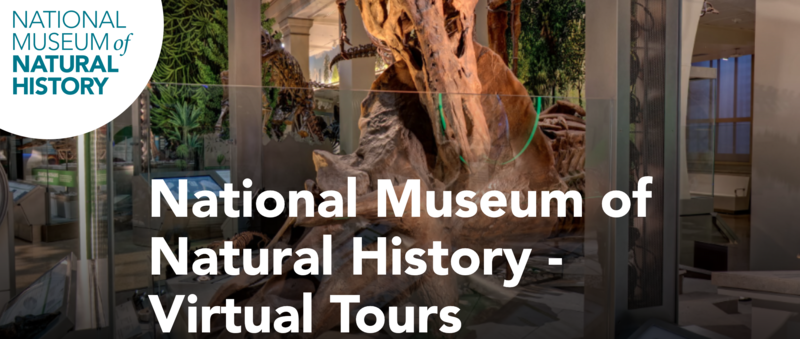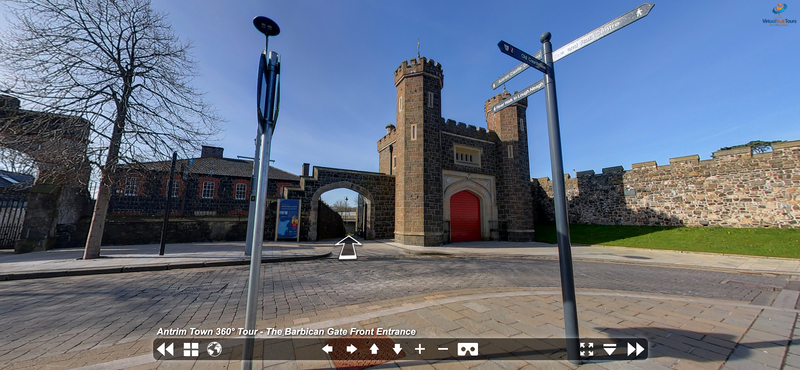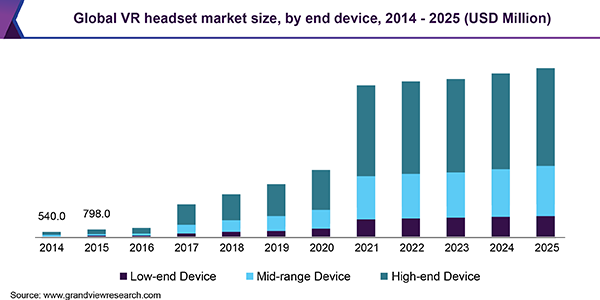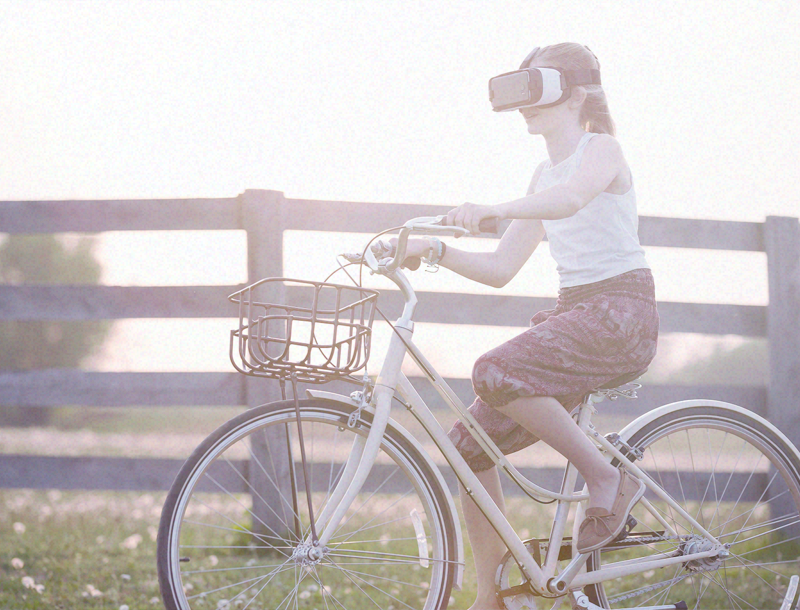The travel industry faces a new reality: virtual.
With travel completely shut down by the pandemic, traveling to beloved destinations are impossible. Travelers are looking for other ways to experience the wonderful feeling of exploration – and virtual reality is one of them.
What began for many people as a stop-gap measure is now becoming a legit option for everyone. Virtual reality offers seeing popular travel destinations without leaving the comforts of home, and the experience is amazing.
That’s why VR is thought to increase its impact on the industry. In this post, let’s talk about the present and the future of VR in travel.
The State of Virtual Reality in Travel
VR technology has been everywhere in the travel industry in the past five years. Some of the most notable achievements are virtual museum tours, marketing, and VR travel experiences.
Virtual tours –
Many tourist attractions like museums have created virtual tours to allow visiting for those unable to travel to them. All you have to do is visit a website, find a virtual tour option, take your VR headset, and get to exploring.
The Smithsonian National Museum of Natural History is among the famous tourist attractions that enabled virtual tours a long time ago.

A virtual tour page from the Smithsonian museum. Source: Smithsonian National Museum of Natural History.
Marketing is another important use case for VR in travel. Hotels, airlines, and travel agencies have started using virtual tours long before the pandemic. Hotels, for example, provide virtual “previews” of client experience to travelers, allowing them to see the rooms and facilities.
Similarly, travel agencies have virtual “preview” tours of destinations – an innovative way to attract customers and give them useful information. The appeal of VR here is an opportunity to “try before you buy.”
The most important application of VR in travel, is well, the simulation of the actual travel experience. VR travel companies and government tourism agencies design tours and experiences for the world’s popular destinations, and everybody can try it.
Tourism Ireland, an organization responsible for promoting tourism in the country, is a great example. It provides an impressive collection of VR videos on popular sites like Virtualtours.com to advertise Ireland’s tourism jewels.
People interested in traveling to Ireland can visit numerous destinations thanks to detailed VR tours, including castles, museums, old towns, heritage centers, and even hotels. This visualization, for example, takes users on a walk across the ancient town of Antrim.

Source: Tourism Ireland (Virtualvisittours.com)
The roster of experiences is quickly expanding. In addition to visiting the streets of cities, VR travel users can join underwater expeditions, riverboat tours, hiking tours, and much more.
Advantages of Virtual Reality Experiences for Travelers
The pandemic isn’t the only reason why VR is getting popular among tourists. While for travel businesses it has become a unique selling point, tourists enjoy VR because of many reasons.
Here are some of them:
-
Research. Many people use VR videos for inspiration and research of destinations to visit.
-
Avoid unpleasant experiences. VR travelers don’t have to worry about such experiences as traffic, huge crowds of tourists, long waiting time in lines, etc.
-
Environmental benefits. Some people choose to travel virtually to ease the burden on local infrastructures and reduce their carbon footprint.
-
Inaccessible destinations. VR allows to travel in the air, underwater, and go to see destinations where travel might be prohibited or restricted.
Although VR isn’t likely to disrupt the travel industry, it will become a valid form of alternative travel. As more people get used to “remote travel,” VR travel companies continue to come up with more engaging, immersive experiences.
The Future of Virtual Reality in the Travel Industry
With travel put on hold by the pandemic, the industry is using VR as a way to continue engaging and exciting customers. But might have started as a non-priority marketing tool has already become a must-do tactic.
These applications should drive the adoption of VR:
-
Promote tourism destinations. Tourism offices and travel agencies can use VR tours to advertise towns, cities, and other tourism destinations in a new way
-
Advertise hotel experiences. Hotel members can experience what it’s like to be a guest, see the rooms, and check out the facilities - so VR features in travel and hospitality apps should be common soon
-
Visit inaccessible or remote places. VR travel apps bring experiences like swimming in the Pacific Ocean, riding a hot air balloon or jetpack over New York closer to users of all ages
-
Entertain airplane passengers and hotel guests. Some airlines and hotels provide in-flight and in-lounge VR experiences for clients - an excellent unique selling point.
In the long-term, the impact of VR on the travel industry should be driven by the “try before you buy” advantage. So far, the progress has been phenomenal - and research suggests that the VR market is on the verge of huge growth.
The Grand View Research, for example, predicts that the global virtual reality headset market size will grow by 21.5 percent annually.

Source: Grand View Research
The adoption of VR in the travel industry will be one of the reasons for such tremendous growth. So we might see some more use cases of this exciting technology, too.
Ultimately, VR won’t disrupt the travel industry - but it will play a larger role in 2021 and beyond. The best innovators in the market are already working to make it their marketing advantage, so they could benefit hugely.
Learn more: Emerging Technology for the Travel Industry
Virtual Reality in the Travel Industry: Summary
VR in travel will continue to grow as the technology improves and becomes more accessible. Using a phone and a VR headset to explore faraway places is something that appeals to many people, especially to those unable to travel to them.
Travel agencies, government organizations, airlines, hotels, and other stakeholders in the travel sector are already using VR. Next time you’re planning a trip or learning about an interesting destination, see if it’s possible to check it out with VR.

